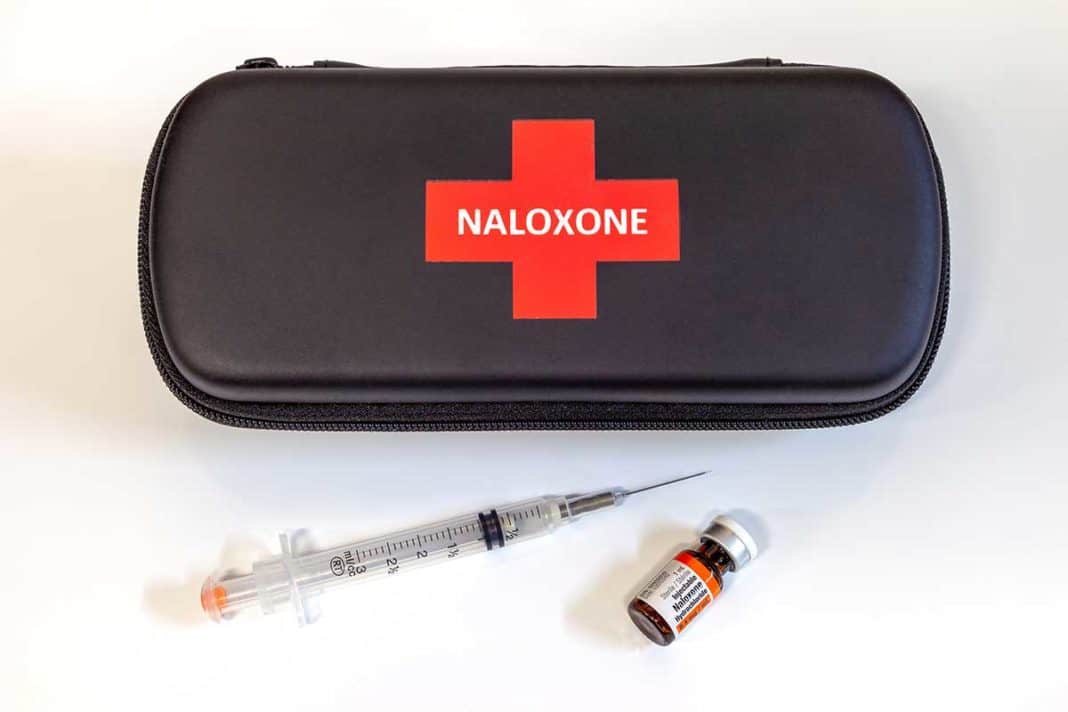Triple number of deaths/100,000 citizens
MANITOULIN—The Community Drug Strategy has released the latest opioid surveillance data, highlighting the ongoing impact of opioid use and the broader toxic drug crisis in the Sudbury and Manitoulin districts. While opioids were involved in 74 percent of all drug poisoning deaths in the region in 2023 (preliminary data), it is important to note that this crisis also involves a variety of non-opioid substances. To better inform the public, the Community Drug Strategy provides accessible and accurate information on opioid-related incidents, confirmed overdoses, and regional responses to the crisis.
Rise in suspected opioid-related incidents
From January to July 2024, Greater Sudbury Paramedic Services responded to 384 suspected opioid-related incidents, showing a slight increase compared to the 376 incidents reported during the same period in 2023. By the end of 2023, a total of 650 incidents were recorded, slightly down from 747 in 2022.
Confirmed opioid overdose ER visits continue to surge
The number of confirmed opioid overdoses remains significantly high. In the first half of 2024, there were 206 emergency department visits for opioid overdoses in the Sudbury and Manitoulin districts. This reflects an alarming annualized rate of 162.1 visits per 100,000 population—more than double the Ontario-wide rate of 71.5 visits per 100,000.
In the same period of 2023, there were 219 visits, leading to an annualized rate of 176.3 per 100,000, also much higher than the provincial rate of 86.9. For the entirety of 2023, there were 411 overdose-related visits, compared to 472 in 2022. This persistent trend underscores the need for continuous community interventions and support.
Opioid-related deaths
remain high
From January to April 2024, 32 residents of the Sudbury and Manitoulin districts died from opioid-related overdoses. This resulted in an annualized mortality rate of 44.2 deaths per 100,000 population, almost triple the Ontario average of 15.4 deaths per 100,000. During the same period in 2023, there were 29 deaths, translating to an annualized rate of 41.0 per 100,000, again significantly exceeding the provincial average.
In total, 98 residents died due to opioid overdoses in 2023, a slight decrease from 113 deaths in 2022. Despite the decline, the region’s mortality rate remains alarmingly high, reinforcing the need for urgent action and sustained support.
Distribution of naloxone
in the community
In efforts to combat the crisis, naloxone—a medication that can temporarily reverse an opioid overdose—has been widely distributed across the Sudbury and Manitoulin districts. Between January and July 2024, 18,162 doses of naloxone were distributed, though some pharmacy data is still pending. In comparison, 20,224 doses were distributed during the same period in 2023. Throughout 2023, a total of 36,672 doses were distributed, an increase from 27,843 doses in 2022, reflecting ongoing efforts to make this life-saving medication accessible.
Policy changes
and their impact
The opioid crisis in Ontario is further complicated by recent policy changes. The province has announced a ban on supervised drug consumption sites within 200 meters of schools and child-care centers. As a result, 10 existing facilities across Ontario will be forced to stop providing safe consumption services by March 2025. These facilities are given the option to transition into “treatment hubs.”
Ontario has allocated $378 million for the development of 19 new Homelessness and Addiction Recovery Treatment (HART) Hubs. If the old consumption sites choose to apply to become a HART Hub, they will be “prioritized” by the province.
Minister of Health Sylvia Jones has defended the new policy, stating, “Continuing to enable people to use drugs is not a pathway to treatment.” Minister Jones emphasizes that the plan aims to encourage more people to seek treatment rather than “enabling drug use.”
However, this approach has sparked controversy among public health advocates and harm reduction organizations, who argue that supervised consumption sites play a crucial role in preventing overdose deaths and providing support services for individuals struggling with addiction. The shift in policy has raised concerns about the potential loss of safe spaces for drug consumption, which have been instrumental in reducing harm and offering critical interventions.
A call for community response and support
The latest data from the Sudbury and Manitoulin districts underscores the urgency of the toxic drug crisis. The Community Drug Strategy continues to advocate for accessible information, harm reduction measures and support services to address the opioid crisis. Free naloxone kits are available without a prescription or Ontario health card through pharmacies, the Réseau ACCESS Network, Public Health Sudbury and Districts and other partners in the region.
As the community navigates the challenges posed by both the ongoing crisis and recent policy changes, it remains crucial to explore comprehensive strategies that prioritize harm reduction and treatment accessibility.






